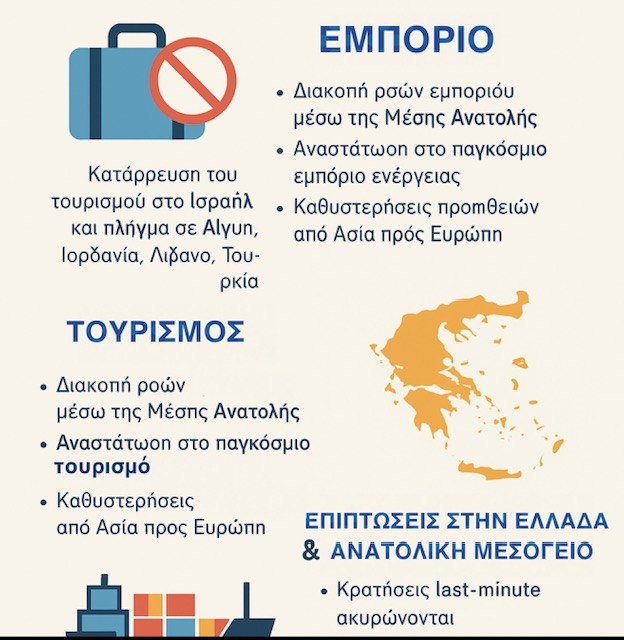India – Pakistan: Social media lies fed the tension

As rockets and unmanned aircraft crossed the night sky over India and Pakistan earlier this month, another invisible war It was in progress.
Shortly after the Indian government announced the Sindoor operation, the military attack on Pakistan, fired by a fighter attack on the Kashmir, For which Delhi accused Islamabad, reports of major Pakistani defeats began to circulate online.
What started as unrelated claims on social media platforms such as X, soon turned into a cacophony of statements about India’s military power, which were broadcast as « extraordinary news » and « exclusively » in the country’s largest news programs.
According to these posts and reports, India had overthrew many Pakistani aircraft, captured a Pakistani pilot as well as the port in Karachi and occupied the Pakistani city of Lahore. Another false claim was that the powerful leader of the Pakistani army had been arrested and had become a coup in the country.
Many of these claims were accompanied by shots with explosions, destruction of buildings and rocket launches from the sky. The problem was that none of them (the claims) were true.
‘World Trend in Hybrid War’
A truce on May 10 brought the two countries behind the brink of totalitarian warfare after the last conflict, which marked the biggest crisis for decades between the two nuclear armed opponents, And it was triggered after fighters opened fire at a beauty spot in Kashmir Indian control, killing 26 people, mainly Indian tourists. India accused Pakistan of the attack – a category that Islamabad refused.
However, even when military hostilities had stopped, analysts, event auditors and activists have recorded how an integrated web misinformation took place.
The misinformation was widely circulated in Pakistan. The Pakistani government was banned by X shortly before the conflict broke out, and the researchers found that they immediately became a source of misinformation, though not on the same scale as in India.
A false image on x supposed to show fighter aircraft burned in Udhampur, India. Photo: x
Recycled and created by artificial intelligence shots allegedly showing victories of the Pakistani Army were widely communicated to social media and then reinforced both by the dominant media and by respectable journalists and ministers of the government, such as the government’s ministers. Indian army and Pakistani attacks that destroyed India’s defense.
There were also widespread false reports that a Pakistani cyberattack had eliminated most of the Indian electricity grid and that Indian soldiers had raised a white flag on tradition. Specifically, video game simulations have proved to be a popular tool for disseminating misinformation about Pakistan that « attributes justice » to India.
‘Fertile ground for spreading war narratives’
An exhibition on social media that surrounded the India-Pakistan conflict, which was published last week by the organization of Citizens’ Society The London Story, described in detail how X and Facebook « became fertile ground for spreading and spreading. » « Nationalist incitement factors » in both countries.
In a written statement, a META spokesman, the owner of Facebook company, said the company had taken « significant measures to combat the spread of misinformation », including the removal of content and labeling and reducing the scope of the news.
While misinformation and incorrect information were uncontrollable on both sides, in India « the scale has overcome what we have seen before », told the Guardian Joyojeet Pal, Associate Professor at the School of Informatics at the University of Michigan.
Pal is among those who argue that the misinformation campaign overcame the usual nationalist propaganda often observed in both India and Pakistan: « This had the power to push two countries with nuclear weapons closer to war. »

False images claiming to show India’s Narendra Modi Stadium on ruins were shared and dismissed in X. Photo: x
Analysts say this is proof of a new digital border in the war, where a regular misinformation attack is used to manipulate the narrative and escalate tensions. Event auditors say that the misinformation, including the reuse of old material and extensive false allegations of military victories, reflected many of those who had come out of Russia in the early days of the Russian-Ukraine war.
With shots of gauze and Ukraine
The Washington-based Study Center (CSOH), which watched and recorded the misinformation from both sides, warned that the weapons of misinformation and misinformation in the latest India-Pakistan conflict was not a part of the India-Pakistan. Hybrid War. «
Raqib Hameed Naik, CSOH’s executive director, said there was « a fairly destructive failure » on the part of social networking platforms to mitigate and control the scale of misinformation produced by both India and Pakistan. Of the 427 most alarming posts examined by CSOH on X, some of which had nearly 10 million views, only 73 were noted by warning. X did not respond to the request for annotation.
Constructed reports from India first appeared on X and Facebook for the first time, Naik said, often notified or republished by verified right accounts. Many accounts openly supported the ruling government of the Hindu Nationalist Party Bharatiya Janata (BJP), led by Prime Minister Narendra Modi, which has a long history in the use of social media to promote his agenda. BJP politicians also republished part of this material.

Deepfake video that puts words in the mouth of Narendra Monti and other Indian policies have been exposed to the same platforms that have shared them. Photo: x
Among the examples released was a 2023 video with an Israeli air raid in Gaza, which falsely claimed to be an Indian attack on Pakistan, as well as an image of an Indian naval exercise since the same year as proof that the Indian Navy had attacked and occupied it.
Pictures of video games were spread as actual shots of the downing of one of Pakistan’s JF-17 fighter aircraft from the Indian Air Force, while shots from the Russian-Ukraine war claimed they were scenes of « mass air strikes in Pakistan ». Falled visual artificial intelligence effects were widely released to show Pakistan’s defeat and visual effects of a Turkish pilot were used in constructed reports of a captive Pakistani pilot. Falled images were used to build reports of the murder of the popular former Pakistan prime minister, Imran Khan.
Many of these posts originally created by Indian social networking accounts have won millions of views and misinformation spread to some of India’s most popular television news.
‘The fog of war is accepted as a reality’
India’s dominant media, which have already suffered a significant loss of credibility due to their intense pro -government stance under Monty, are facing difficult questions. Some prominent presenters have already apologized.
Citizens for justice and peace (CJP), an Indian human rights organization, has filed official complaints to the Supervisory Broadcasting Authority for « serious moral violations » of six of its most prominent television news channels.
Teesta Setalvad, secretary of the CJP, said the channels had completely abandoned their responsibilities as neutral news bodies. « On the contrary, they became propaganda associates, » he said.
Kanchan Gupta, a senior adviser to the Indian Ministry of Information and Broadcasting, denied any role of the government in the misinformation campaign. He said the government was « very alert » to the issue of misinformation and has issued explicit tips on the dominant media reporting the conflict.
« We created a surveillance center that operated 24 hours a day, 7 days a week and was considering any kind of misinformation that could have a chain impact and immediately verified events. Social networking platforms have also worked with us to remove a huge number of accounts that spread this misinformation. Whatever was within the scope of the law to stop this, « Gupta said.
Gupta has said that « strong » notifications have been issued on many news channels for breach of transmission rules since then. However, he stressed that « the fog of war is worldwide acceptable as a reality. It is a fact that in any state of conflict, whether it is obvious or a disguised conflict, the nature of the report tends to be excessive. «






